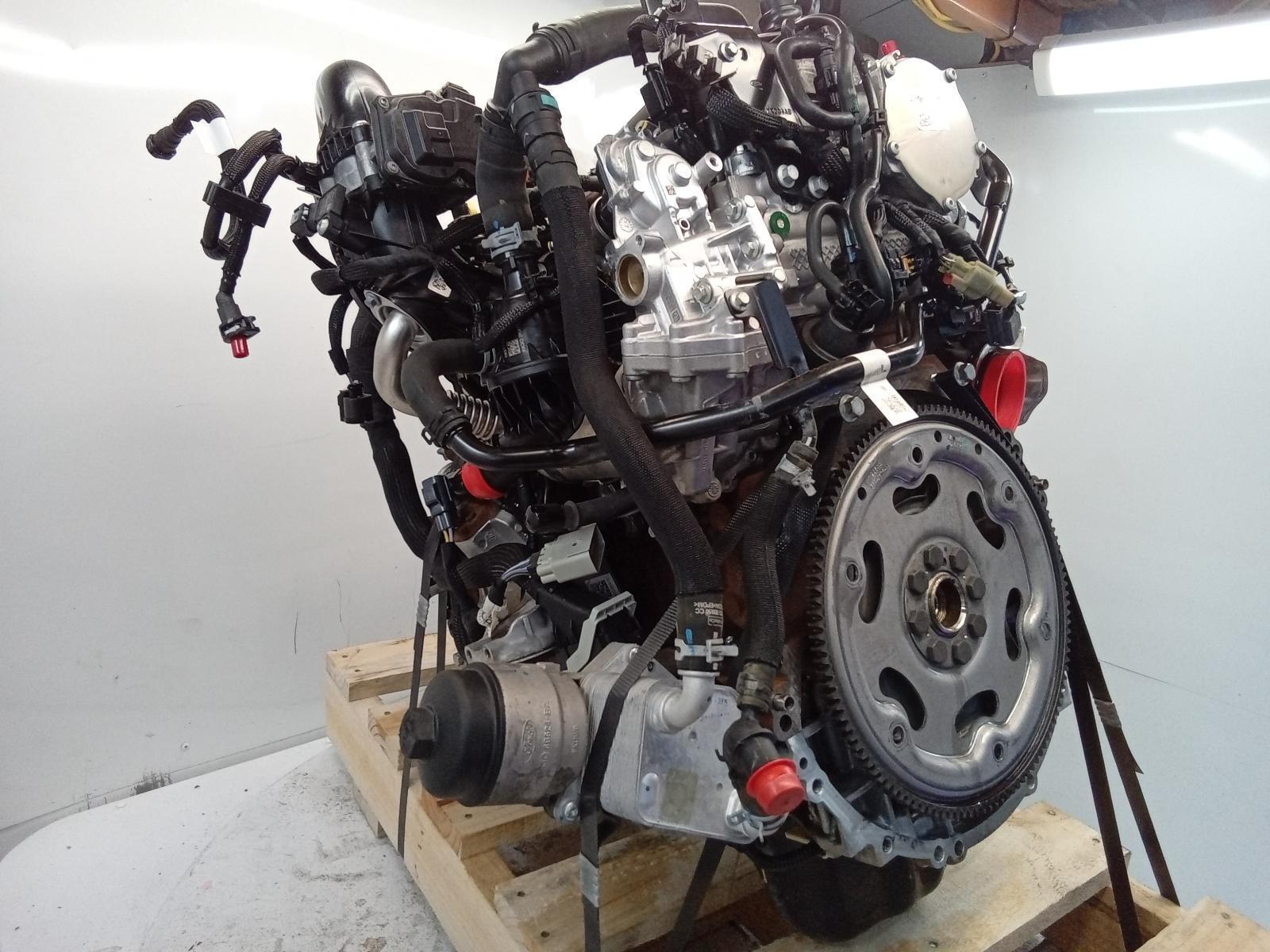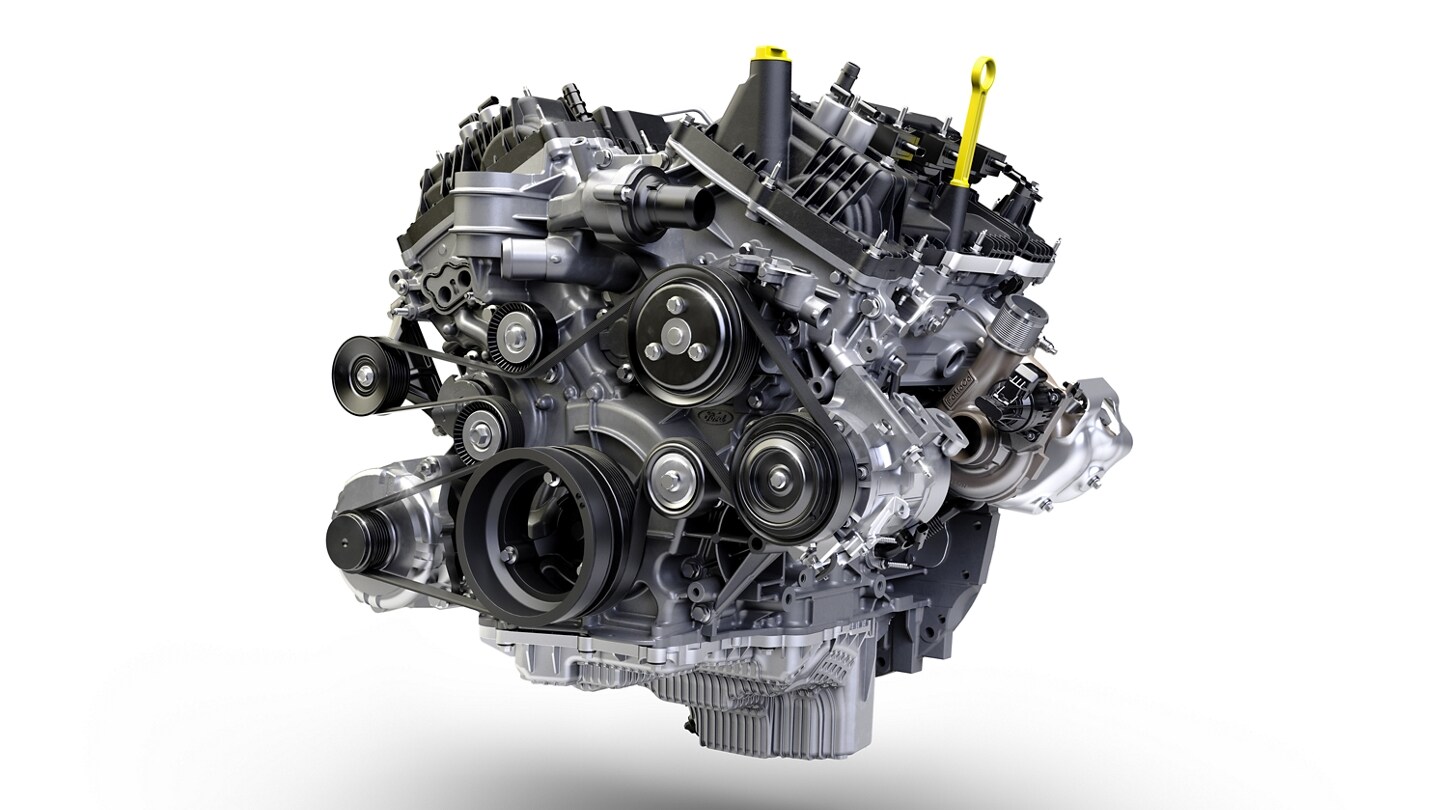The 2.2 Ford Ranger Engine: Ideal for Towing, Off-Roading, and Everyday Use
The 2.2 Ford Ranger Engine: Ideal for Towing, Off-Roading, and Everyday Use
Blog Article
Understanding the Basics of Vehicle Engines: Types, attributes, and features

Introduction of Cars And Truck Engines
An automobile engine works as the heart of an automobile, transforming fuel right into mechanical power to thrust it ahead. This elaborate system makes up different elements that function in unison to make sure ideal efficiency and performance. The fundamental procedure of an automobile engine entails the interior burning procedure, wherein gas and air are mixed, ignited, and expelled to produce power.
The engine's design can considerably influence its efficiency, fuel effectiveness, and emissions. Secret components consist of the cylinder block, pistons, crankshaft, and camshaft, each playing a vital role in the engine's overall function. The cyndrical tube block houses the cyndrical tubes where burning happens, while the pistons convert the explosive power from combustion into straight activity. This activity is after that changed right into rotational energy by the crankshaft, allowing the lorry's wheels to turn.
In addition to these parts, engines commonly use different systems such as gas shot, ignition, and cooling systems to improve efficiency and longevity. Understanding the basic auto mechanics of cars and truck engines is essential for detecting issues and doing maintenance, eventually contributing to the lorry's integrity and efficiency over time.

Sorts Of Cars And Truck Engines
Vehicle engines can be classified right into several kinds based upon their design, fuel kind, and operational principles. 2.2 ford ranger engine. One of the most common categories consist of interior combustion engines (ICE), electric engines, and hybrid engines
Inner burning engines, which can be more divided into fuel and diesel motor, run by sparking a fuel-air mix to generate power. Fuel engines are normally lighter and smoother, while diesel motor are a lot more fuel-efficient and deal greater torque.
Electric engines utilize electrical energy kept in batteries to power an electrical motor, supplying instantaneous torque and no emissions throughout operation. As modern technology developments, electric vehicles (EVs) are progressively ending up being popular for their environmental advantages and lower running costs.
Hybrid engines incorporate components of both interior combustion and electrical engines, enabling adaptable source of power and improved fuel effectiveness. They can run in different modes, using either the fuel engine, the electrical motor, or both all at once.
Each sort of engine has distinct benefits and disadvantages, influencing their application in different automobile kinds and market segments, from compact autos to durable vehicles. Comprehending these types is necessary for making notified choices pertaining to vehicle option and performance assumptions.
Engine Features Described
Understanding engine features is critical for grasping exactly how automobiles run successfully. At the core of any kind of inner combustion engine lies the basic process of transforming fuel into power. This process begins with the consumption stroke, where air and fuel are attracted into the combustion chamber. Following this, the compression stroke compresses the air-fuel mixture, boosting its temperature and stress.
The ignition occurs following, sparking the mix and producing a quick expansion of gases. This pressure drives the piston down throughout check out this site the power stroke, which inevitably equates into the rotational motion of the crankshaft. The exhaust stroke after that eliminates the invested gases from the chamber, giving way for a new cycle to start.
Along with these key functions, engines additionally integrate systems that take care of cooling and lubrication, making certain ideal operational temperature levels and decreasing friction between relocating components. This intricate interplay of features enables the engine to produce the power essential for lorry propulsion while maintaining effectiveness and integrity. Recognizing these features provides valuable understanding into the complexities of automobile design and improves the capability to detect and address engine-related issues successfully.
Secret Engine Features
Engine layout includes several crucial features that considerably affect performance, performance, and resilience. One of the most vital elements is the engine configuration, which includes inline, V-type, and level layouts. Each arrangement impacts the engine's balance, dimension, and power outcome, thereby impacting total vehicle characteristics.
One more crucial attribute is the engine variation, referring to the complete quantity of all cyndrical tubes. Bigger displacements normally produce even more power but might compromise fuel effectiveness. Engine materials also play an essential role; high-strength and light-weight products, such as light weight aluminum and magnesium alloys, boost performance without adding excessive weight.
The kind of gas injection system utilized-- such as direct or multi-port injection-- influences combustion efficiency and emissions. Turbocharging and turbo charging are attributes that improve engine efficiency forcibly added air into the burning chamber, increasing power output without considerably enhancing engine dimension.
Last but not least, the presence of innovative engine management systems enhances fuel-air blend and ignition timing, adding to smoother procedure and much better fuel economy. Jointly, these features specify an engine's abilities, establishing the structure for its efficiency and long life in an affordable automobile landscape.
Maintenance Tips for Engines
Proper engine upkeep is important for ensuring optimum efficiency and long life, as ignoring routine care can lead to considerable problems down the line. To maintain your engine effectively, start with regular oil changes, normally every 3,000 to 7,500 miles, relying on the type of oil used. Fresh oil lubricates engine elements, minimizing friction and wear.
Additionally, keeping an eye on coolant levels is important to avoid getting too hot. Guarantee that the coolant is covered up and remains in excellent condition to maintain effective temperature policy. On a regular basis replace and check air and gas filters, as clogged filters can prevent airflow and fuel distribution, compromising engine performance.
Furthermore, pay focus to ignition system and ignition systems. Malfunctioning or worn stimulate plugs can bring about misfiring and decreased efficiency. Checking the battery terminals and connections for rust is additionally necessary, as a weak battery can influence engine starting.

Conclusion
In summary, a comprehensive understanding of automobile engines incorporates various types, features, and crucial attributes that dramatically affect lorry performance. Interior combustion engines, in addition to electric and hybrid options, demonstrate varied mechanisms for energy conversion. 2.2 ford ranger engine. Acknowledging the vital functions, such as consumption and exhaust cycles, together with essential engine features like arrangement and gas shot systems, equips auto owners with the understanding required for efficient upkeep and operation, eventually improving car longevity and effectiveness
An his response auto engine serves as the heart of an automobile, transforming fuel into mechanical energy to propel it ahead. The fundamental procedure of a car engine involves the inner burning process, wherein gas and air are mixed, stired up, and removed to develop power.
Regularly change and check air and fuel filters, as blocked filters can prevent air movement and gas delivery, jeopardizing engine effectiveness. - 2.2 ford ranger engine
In recap, a detailed understanding of car engines incorporates different types, functions, and key features that considerably influence vehicle performance. Identifying the vital functions, such as intake and exhaust cycles, alongside important engine features like arrangement and gas shot systems, outfits automobile proprietors with the expertise required for effective upkeep and procedure, ultimately improving automobile durability and effectiveness.
Report this page